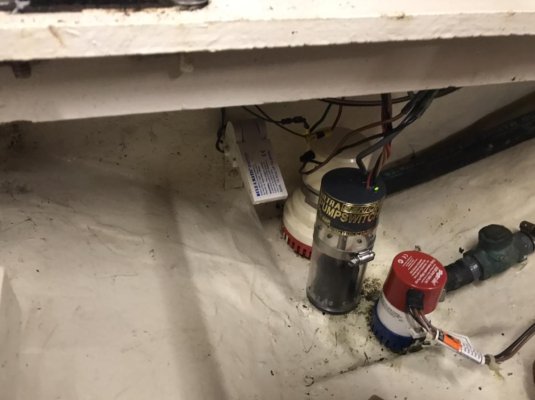angus99
Guru
I’m replacing our bilge pump switches with Ultra switches, removing rats nests of wiring and ugly connections and making the new connections much higher in the ER than the existing ones. The existing pumps/switches are on separate circuits, protected by appropriately sized breakers. Previous installers have added in-line fuses in the bilge area where the switch/pump wiring connects to the “boat harness.” The pumps are fed by both manual and automatic positives. Only the automatics have the in-line fuses.
Are these extra fuses necessary? Wiring instructions for the new switches only show a single fuse between the battery and the switch, not a breaker and fuse on the same circuit. My thought is they add additional clutter, extra connections and the potential for water intrusion as well as another potential failure point in each circuit. Or am I missing something?
Are these extra fuses necessary? Wiring instructions for the new switches only show a single fuse between the battery and the switch, not a breaker and fuse on the same circuit. My thought is they add additional clutter, extra connections and the potential for water intrusion as well as another potential failure point in each circuit. Or am I missing something?

